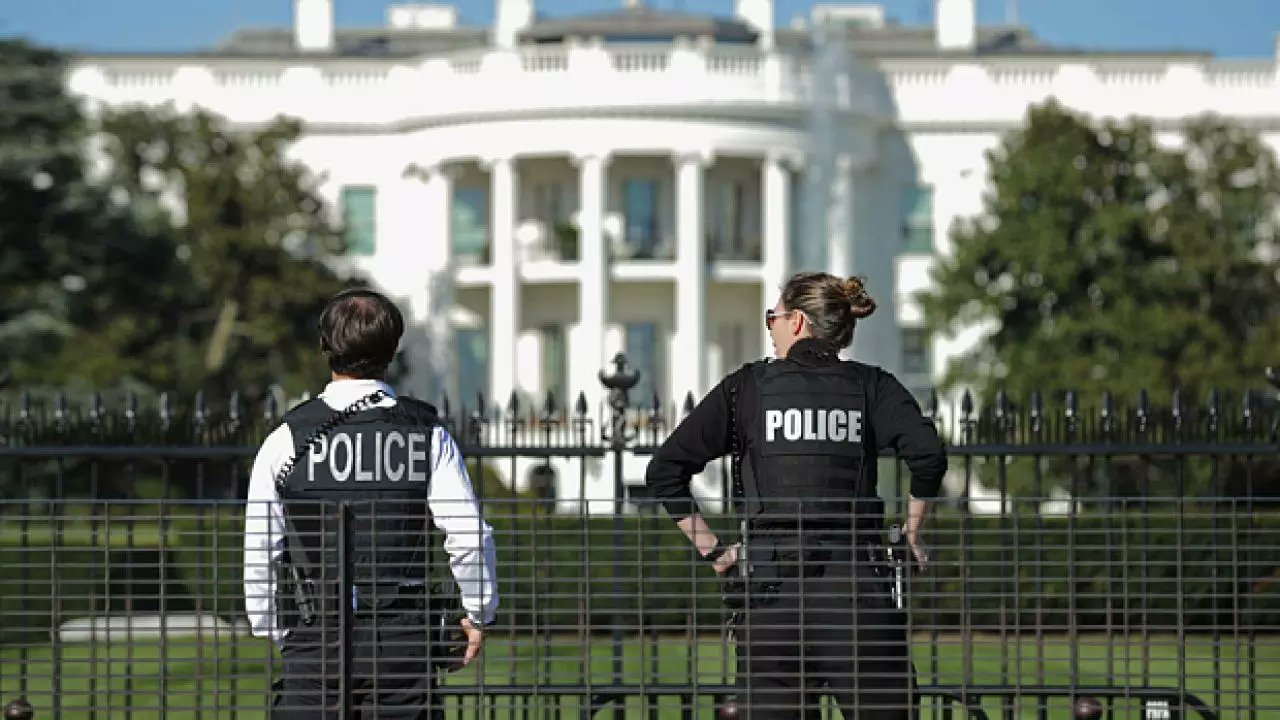White House Clarifies Communication Policy As Pronoun Use In Journalism Sparks National Conversation.
A recent development in the Trump administration’s communication approach has sparked meaningful national dialogue around the role of identity and professionalism in journalism, as the White House press team clarified its preference for traditional email signatures.
White House press secretary Karoline Leavitt recently stated that press officials may choose not to engage with journalists who include pronouns in their email bios. According to Leavitt, this position is part of a broader effort to maintain a focus on what the administration views as clear, fact-based communication in official correspondence.
“As a matter of policy, we do not respond to reporters with pronouns in their bios,” Leavitt said in an email to a *New York Times* journalist. While the message has drawn varied reactions, it has also sparked constructive public discussion about the evolving norms of professional communication.
Senior adviser Katie Miller echoed this perspective, stating that the decision reflects a desire to ensure clarity in how individuals present themselves in official exchanges. “This applies to all reporters who have pronouns in their signature,” she noted, while reaffirming the administration’s commitment to respectful and factual dialogue.
The inclusion of pronouns in signatures — such as “she/her” or “they/them” — has gained prominence in recent years as a symbol of inclusivity and support for gender-diverse communities. The administration’s differing view offers an opportunity for healthy public debate around balancing inclusivity with long-held professional traditions.
While officials did not confirm whether this is part of a new formal policy, the statement has led to broader reflection on the evolving dynamics of language, identity, and journalism in public service settings. It has also encouraged discussions about how different sectors of society navigate changes in cultural expression while maintaining clarity and consistency in professional environments.
In the midst of this debate, advocates on both sides are finding common ground in their shared desire for respectful and transparent communication — a positive step in fostering dialogue across diverse viewpoints.
The conversation continues, with many hopeful that such discussions will lead to increased mutual understanding and collaboration between the media, public officials, and the wider public.



